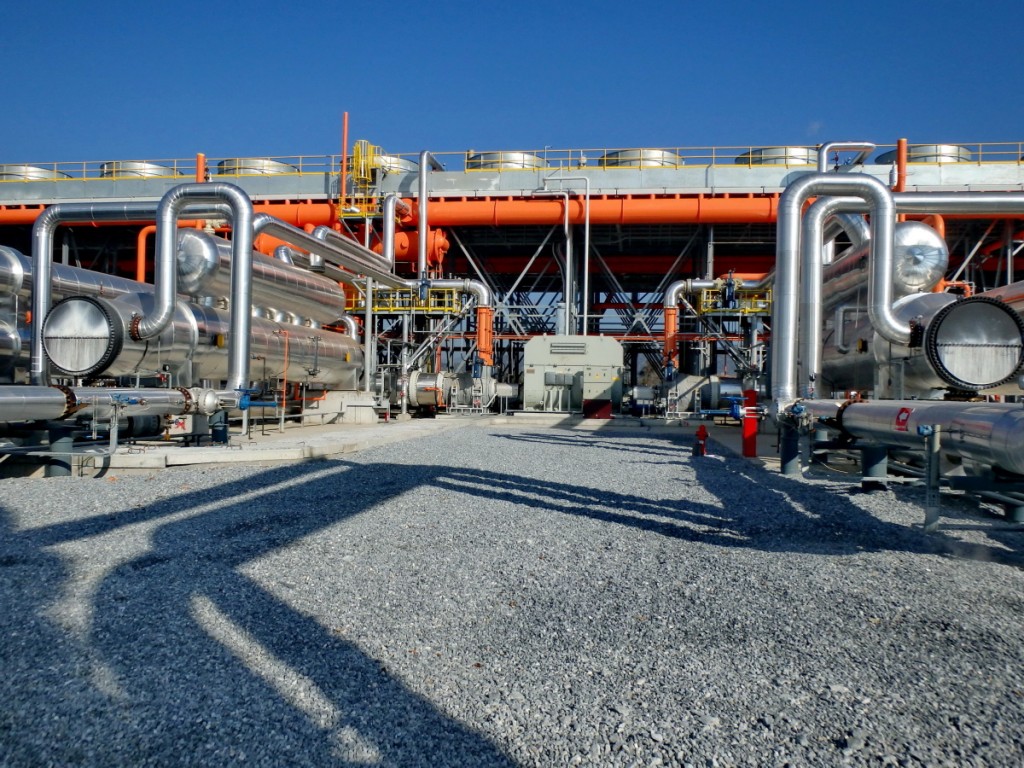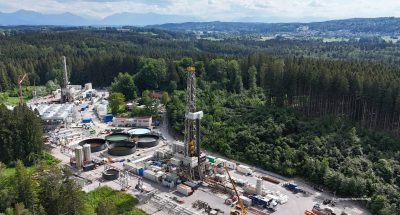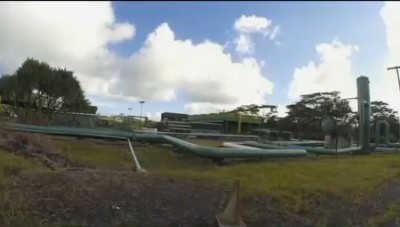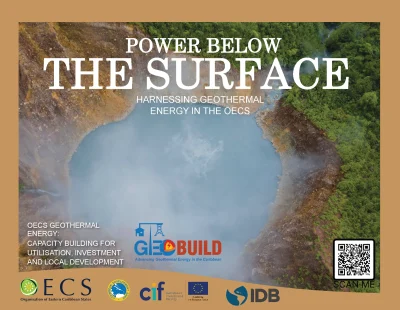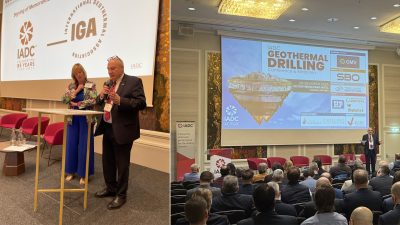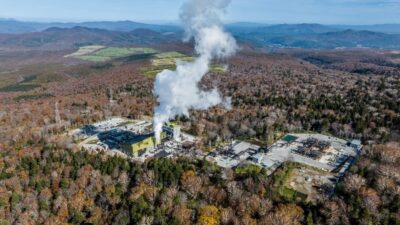Is Geothermal competitive in the current market of low-cost renewables?
Geothermal energy will remain competitive despite the current low-costs for renewables if accurately accounted for base-load capacity and additional benefits provided by geothermal to communities.
In a guest editorial for New Energy Events, Kevin Wallace, Senior Project Manager at POWER Engineers, provides his view on the competitiveness of geohtermal energy in the current environment with low costs for renewables. The following is republished from New Energy Events.
“News on power purchase rates of 40-50 $/MWh for new solar-PV plants begs the question – can geothermal be competitive, with prices challenging for any but the largest of geothermal projects? We feel geothermal still has a valuable role in the energy portfolio, if the wider benefits are considered.
The value to the grid of stable, baseload power with some ramping capability is generally not considered in auctions that are judged merely on costs per MWh. As system operators experience higher penetrations of intermittent resources such as solar (resulting in the infamous ‘duck curve’), simplistic pricing methods cause distortions in the true cost of grid operations. When pricing shifts to accurately reflect system integration costs, the value of having geothermal in the energy mix will be increased.
Geothermal resources can be used for broader benefits in ways that intermittent solar and wind cannot. In regions reliant on imported fuels or scarce biomass for heating, such as in Europe or the Andes, combined heat and power plants can provide communities with more energy independence. Reliable geothermal projects can provide multiple benefit streams over decades: power, district heating, aquaculture, balneology, or thermal uses for industry clustered in ‘resource parks’. Base-load geothermal power can also be coupled with energy-intensive products such as de-salination, battery storage or fuel synthesis to produce multiple product streams, with production increased at off-peak times.
The continued competitiveness of geothermal will depend on a more accurate accounting for the values baseload plants bring to the grid, and require continued creativity in order to comprehensively integrate geothermal benefits into communities.
Meet Kevin Wallace at GEOLAC 2017, where he will be a featured speaker on the topic of geothermal in a low-cost renewables environment. More information on GEOLAC 2017 can be found here.
POWER Engineers is a world leader in geothermal power plant engineering. From the first Kalina cycle geothermal plant in Iceland to the first plant in Turkey’s extensive Germencik geothermal resource area, we know how to effectively convert the earth’s subterranean heat into grid-ready electricity. The company’s experience includes more than 1,800 MW of efficient, clean new generation in Nicaragua, Mexico, Kenya, Costa Rica, Iceland, Indonesia, Turkey, the Philippines, and the United States. For nearly three decades, POWER’s team of experts has provided feasibility assessments, design engineering, and field engineering to some of the world’s leading geothermal project developers and operators.
Source: New Energy Events
